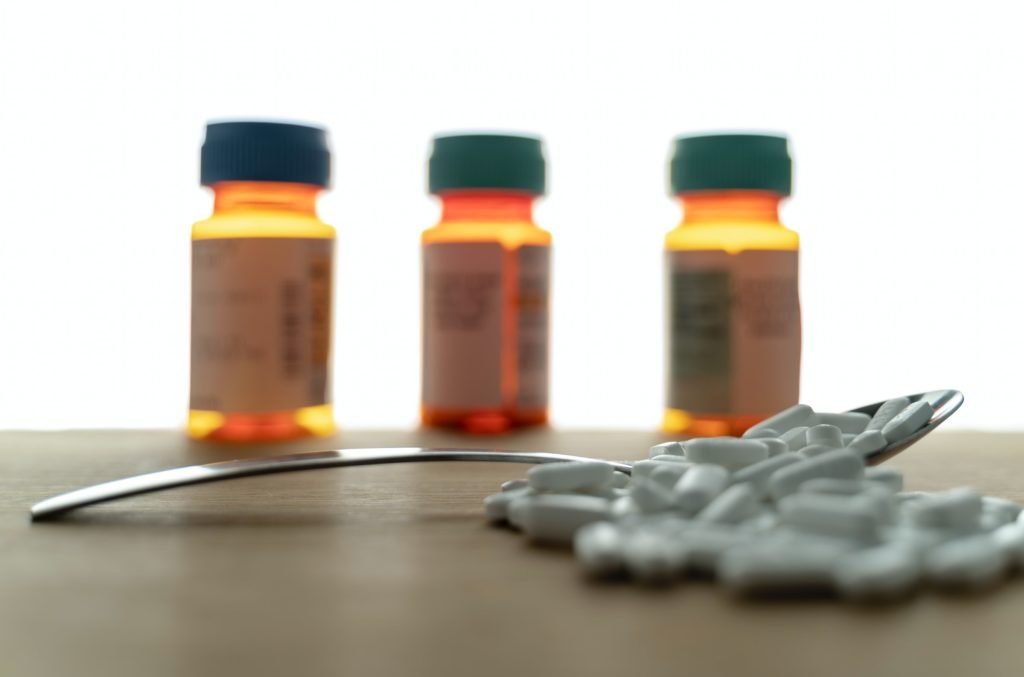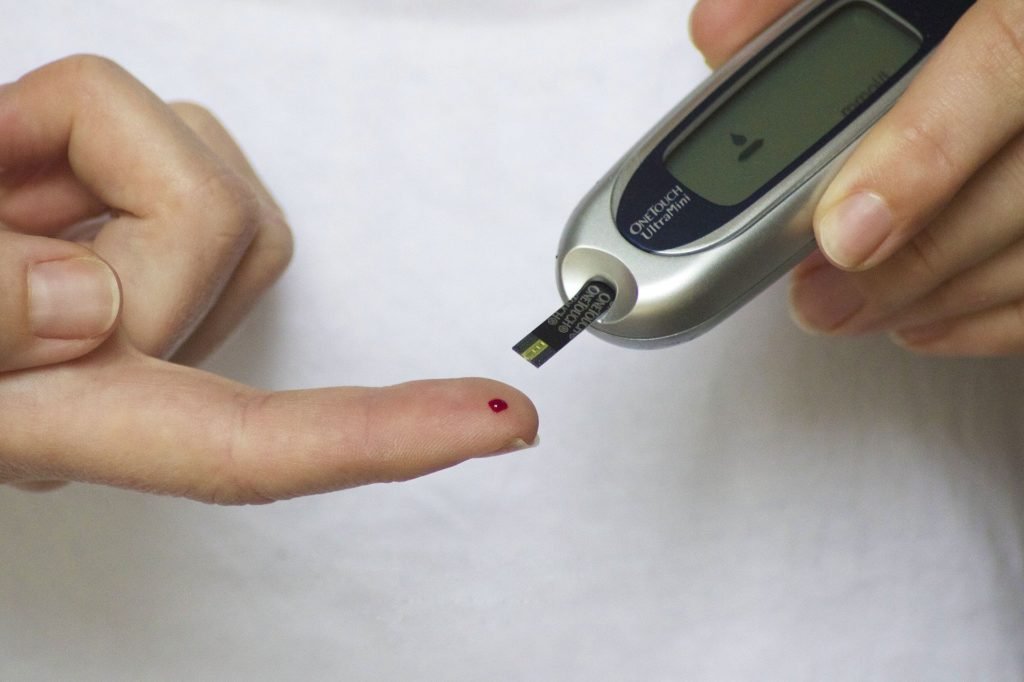The nonsurgical procedure that is carried out to examine the digestive tract is called an endoscopy. This procedure uses an endoscope, a flexible tube that has a camera and light attached to it. Images/pictures of the digest tract will be viewed on a color TV monitor.
When an upper endoscopy is performed, the endoscope will be passed through the patient’s mouth and throat. From there, it will pass through the esophagus and allow the doctors to view the stomach, esophagus, and the small intestine’s upper part. An endoscope can also be passed into the colon or the large intestine.
Endoscopic retrograde cholangiopancreaticography (ERCP) is a special form of endoscopy that allows doctors to look into the gallbladder, pancreas, and other related structures. ERCP is also used for biopsies and stent placements.
When is Endoscopy Done?
Endoscopy is recommended to evaluate the following:
- Growths in the colon (polyps)
- Pain in the stomach
- Gastritis
- Ulcers
- Swallowing difficulty
- Changes in the patient’s bowel habits (diarrhea or chronic constipation)
- Esophagus blockage
- Pancreatitis
- Ulcerative colitis (UC)
- Crohn’s disease
- Inflammatory bowel diseases (IBD)
- Hiatal hernia
- Blood in the urine
- Unusual bleeding in the vagina
- Other problems in the digestive tract
Prior to the procedure, doctors will need to review the symptoms and conduct a physical examination. Other blood tests may also be done before an endoscopy is performed.
The tests will give doctors a better understanding of the likely cause of the symptoms. The tests can also help doctors gauge if the condition can be treated without surgery or endoscopy.
An endoscopy may also be requested when a biopsy needs to be done to check for the presence of specific conditions. The procedure may also be carried out to treat any possible digestive tract issues.
Polyps can also be removed from the colon using the endoscope to help prevent colon cancer from developing. ERCP can also be used to remove gallstones that have moved from the gallbladder to the bile duct.
Endoscopy also allows doctors to examine an organ visually without making a large incision. Endoscopy can also:
- Help doctors identify the cause of abnormal symptoms patients might have
- Help doctors remove a small tissue sample which will be sent to the lab for additional testing (this procedure is referred to as endoscopic biopsy)
- Allows doctors to see inside the body (removing tumors or gallstones or repairing stomach ulcer)
Is the Procedure Safe?
Generally, endoscopy is considered a very safe procedure. However, it also comes with some possible complications including:
- Pancreatitis
- Perforation (or a tear in the patient’s gut wall)
- Bleeding
- Reaction to sedation
- Pain in the chest
- Possible damage to some organs
- Redness and swelling at the site of the incision
Risks will also often depend on the condition of the patient and the procedure’s location. For instance, if capsule endoscopy is performed, there is a very small risk of the capsule getting stuck in the digestive tract.
The risk is also higher for patients with conditions that cause digestive tract narrowing. In similar scenarios, the capsule will be removed surgically. It is also recommended that you ask your doctor for alarming symptoms you need to look out for after the procedure.
Who Will Perform the Procedure?
Sigmoidoscopy can be done in the office by a family doctor or an internist overseas. However, in Singapore, endoscopies can only be done typically performed by gastroenterologists (gastroenterology specialists). Gastrointestinal surgeons can also carry out the procedure.


